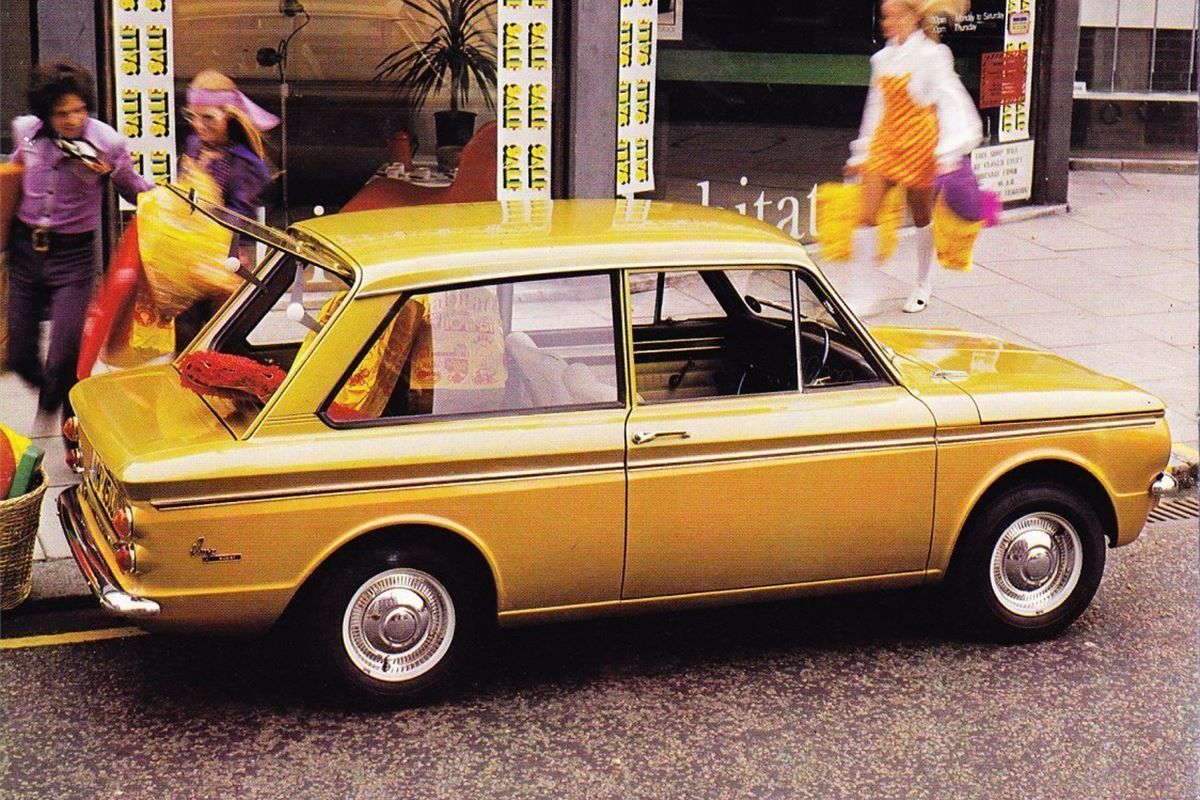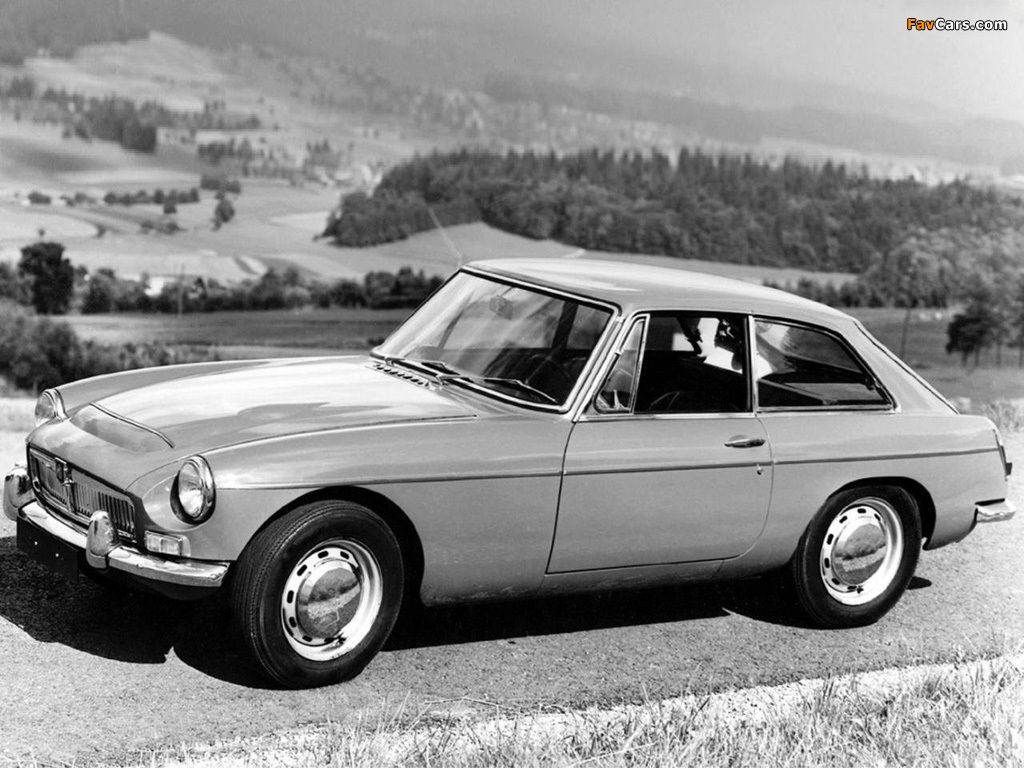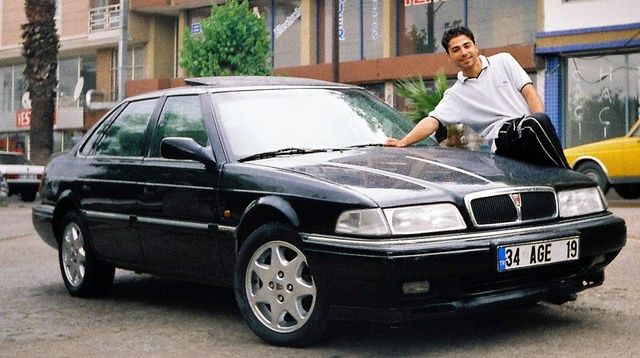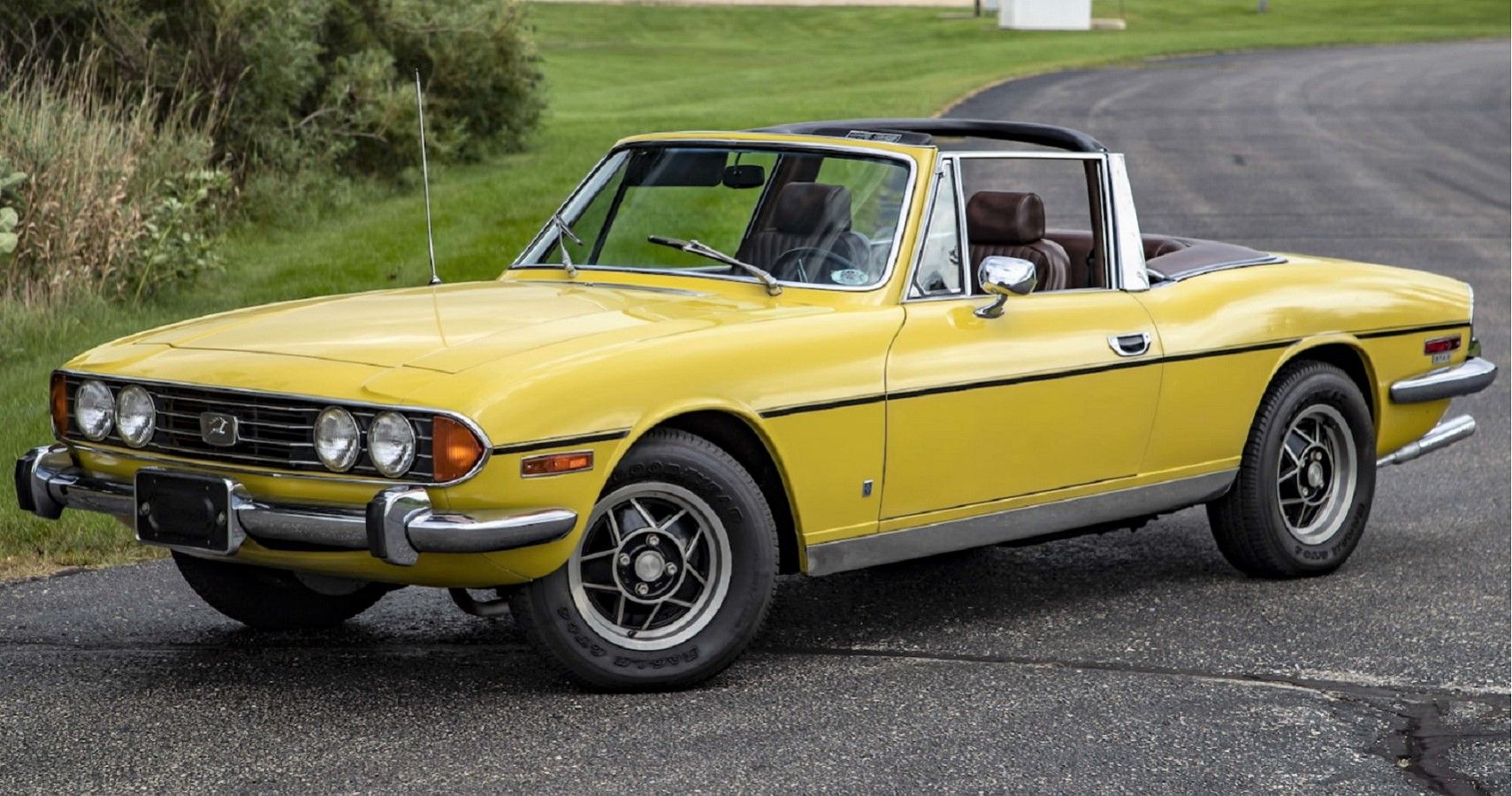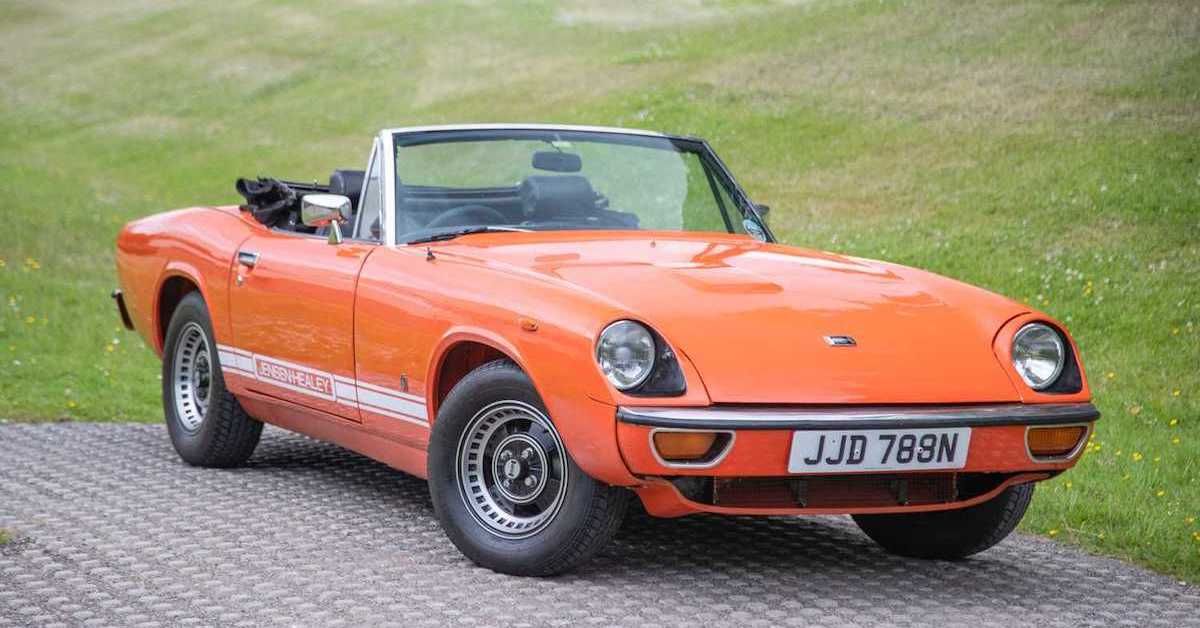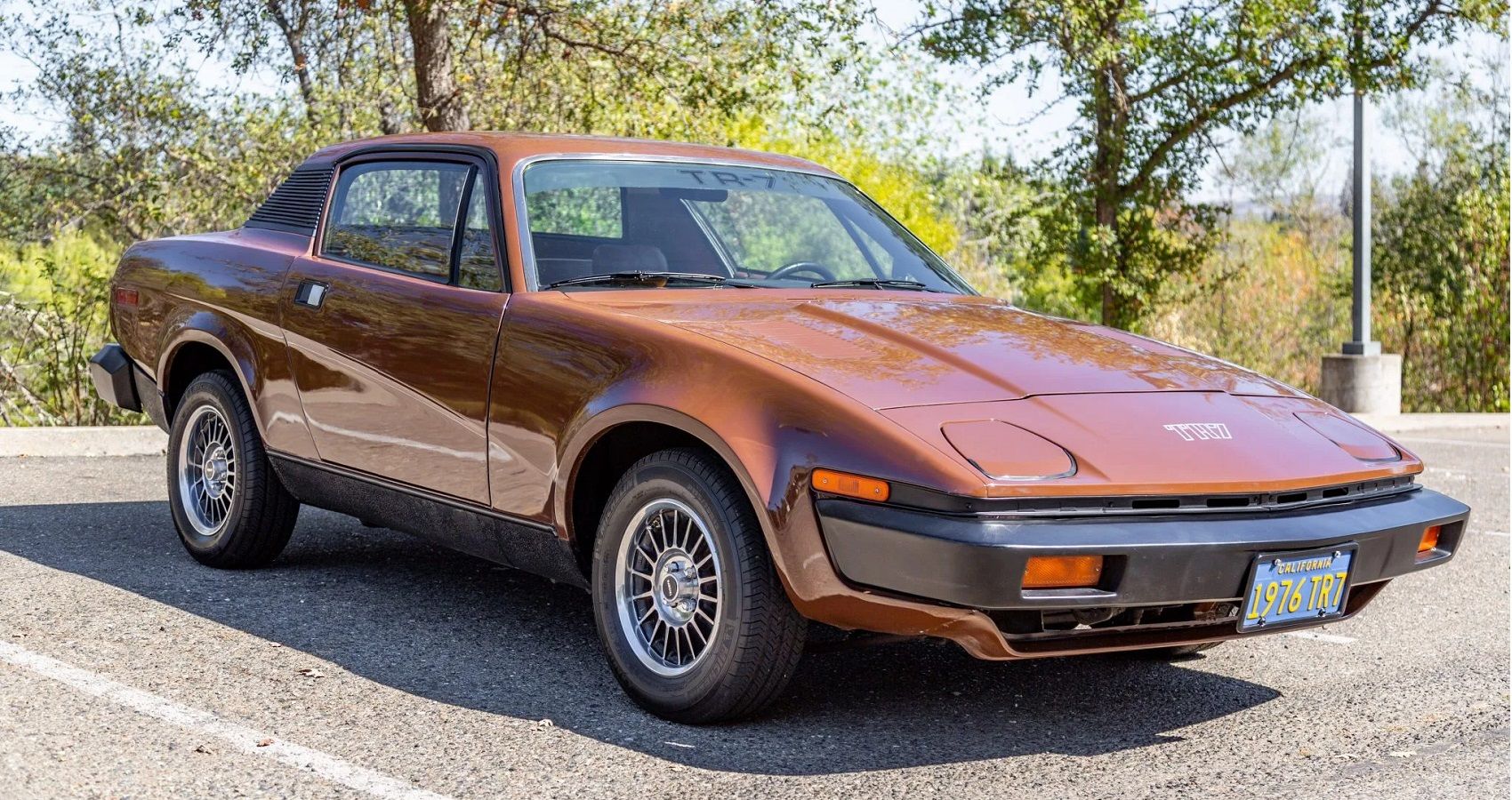Everyone Regrets Buying These 10 British Classic Cars
All of us will have a time in our lives when we regret buying or owning a certain car. Sometimes it’s because they turn out to be woefully unreliable duds. Other times, it’s because they were OK cars that didn’t deliver on what they promised.
Whatever the case, buyer’s remorse is very real and many of us share in it through our experiences with the same disappointing cars.
10/10 Hillman Imp
One of the few mass-produced cars to be made in Scotland, the Hillman Imp has gathered a cult following over the years. A lot of people love its diminutive size, quirky looks, and rear-engine rear-wheel drive layout. They can even be easily specced out for racing! But, it wasn’t actually that good of a car. It suffered from a lot of reliability problems, and its drivetrain layout was considered old-fashioned at the time. Furthermore, mechanics of the time struggled with maintaining the alloy-cast engines of the Imp as this was quite novel for the time.
While the Hillman Imp is a quirky classic alternative to something like an original Mini, be prepared for some buyer’s remorse!
9/10 Jaguar XJS
Designed to be a replacement for the legendary E-Type, the XJS has never been as fondly looked upon as its predecessor. In fact, quite a lot of enthusiasts who have owned them regret ever buying them in the first place! The XJS doesn’t look that great, early versions were plagued with reliability problems and V12-engined models were notorious for how much they liked to drink fuel.
The XJS may have been very luxurious for the time. That glorious V12 engine is also very tempting. But, it has so many issues that regret is sure to set in if you ever buy one!
8/10 MG MGC
The MG MGB was a great-handling sports car, but it always suffered a little bit when it came to straight line speed. MG’s attempt to remedy this was offering a version powered by an inline 6-cylinder engine. The result of this was the MGC and, unfortunately, it ended up ruining the MGB’s best qualities. Whilst it was definitely faster than the MGB, the large amount of extra weight in the front end caused by the heavier engine made it lose the sparkle it had in the corners. It essentially took all the character out of the car, and people experienced with the MGB who buy MGCs probably regret it immediately.
The MG MGC is one of those cars that, in many ways, is best left in the past. It ruined what had been a great car. Furthermore, when MG tried putting the Rover V8 engine in the MGB as another attempt at making it faster, the V8 turned out to be much lighter than the inline 6! This meant that the MGB’s brilliant handling was preserved. Why didn’t they just try that in the first place?
7/10 Lotus Elite (Type 14)
The Type 14 Lotus Elite should have been a great car. It was produced during the golden age of Lotus, and it did manage to go racing. It was even enjoyable to drive. But, it was incredibly dangerous. This was because its innovative fiberglass monocoque body was poorly designed. Early models suffered from huge amounts of issues due to the body being weak, gaining the Type 14 Elite a reputation of being a deathtrap. This did improve when the Bristol Aeroplane Company started making the bodies, but by that point its reputation had been set in stone.
While all of these cars provide their fair share of buyer’s regret, the Type 14 Lotus Elite’s version of this was on a whole other level as it could legitimately kill you!
6/10 Lotus Elan (M100)
The M100 Elan is regarded by many as an ugly duckling of the Lotus family. It doesn’t have the same enthusiast appeal as its older namesake, most likely due to its futuristic looks and General Motors-derived underpinnings. It doesn’t look very good, it’s slow, and it’s constantly forgotten. It was also front-wheel drive, something which many enthusiasts balked at even when Lotus tried to explain away why it was.
Time has been kinder to the M100 Elan. People are starting to view it as an actual classic now. But, if you buy one, you’ll always get the feeling that you’re the odd one out of all the Lotus owners. At least, unlike a lot of other Lotus models, it is reliable.
5/10 Rover 800
The Rover 800 should have been a good car on paper. It was a joint venture between Rover and Honda, based on the Honda Legend’s platform. Whilst the Honda Legend of that era ended up being a solid and reliable executive car, the Rover 800 was poorly built and markedly unreliable. It also has that Rover image, which evokes something similar to a retirement home.
With the number of executive sedans out there that were much better than the Rover 800, it’s amazing that people actually bought them at all. Rover’s own replacement for the 800 (the 75) was markedly better! With its poor reliability, poor quality, and fuddy-duddy image, there are doubtless many people out there who regret ever buying a Rover 800 in the first place.
4/10 Triumph Stag
The Triumph Stag should have been fantastic. It had gorgeous Italian styling courtesy of Giovanni Michelotti and a V8 engine. However, this car was made by British Leyland during the 1970s, so you know that something somewhere was going to make it bad! The Stag was plagued with reliability problems and people found it difficult to maintain its engine. US-spec cars also suffered from overheating issues due to the engine modifications required to pass the emissions regulations.
People see the beautiful styling of the Stag and hear its V8 soundtrack and expect a fantastic ’70s sports car. What they actually get instead is an unreliable mess. Unless you’re prepared to put up with those problems, the Triumph Stag is a car you’ll seriously regret even thinking about buying.
3/10 Jensen-Healey
When production of the beloved Austin-Healey 3000 ended, Donald Healey decided to look elsewhere to create a successor. He and Jensen Motors (the company that had built the bodies for the Austin-Healey cars) decided to create a joint venture, aided financially by Kjell Qvale who was the most important Austin-Healey dealer in the US at the time. The result was the Jensen-Healey. Unfortunately for Donald Healey and Jensen Motors, it just was nowhere near as good as the car it replaced. It didn’t have the proper sports car feel buyers wanted. Reliability was also a huge problem, as was rust.
The Jensen-Healey’s demise was eventually brought on by the oil crisis, which affected Jensen Motors very badly. Donald Healey would never end up making another sports car again, even though he got offers from Saab and Ford to do so. Maybe that’s for the best, as the Jensen-Healey really didn’t live up to its promises and caused a lot of buyers remorse.
2/10 Reliant Robin
The Reliant Robin is one of the oddest cars that Britain has ever produced. Designed to take advantage of a British law at the time that allowed people with motorcycle licenses to drive 3-wheelers, the Robin was intended to get more of the country in cars. Whilst it may have achieved that goal to an extent, it was not a good car at all. The setup of 1 wheel at the front and 2 wheels at the back made the Robin inherently unstable. Whilst in real life it wouldn’t get to the same levels you’d see on Top Gear, it was still a bit precarious trying to take one around tight corners.
The Reliant Robin may be charming to its enthusiasts. But, to most of us, it’s an option we would instantly regret buying. Its 4-wheeled peers are definitely much better options.
1/10 Triumph TR7
If there’s ever a case to illustrate how British Leyland had an incredible ability to mess things up, it’s the Triumph TR7. The TR7 was great-looking and had all the ingredients to be a fantastic British sports car. But, British Leyland decided to put an asthmatic 2.0-liter inline 4-cylinder engine in it that only produced 92 hp in US-spec versions. This made the TR7 so slow that you could barely even consider it to be a sports car. It also suffered from serious quality issues and was generally very unreliable.
A V8-powered version called the TR8 was eventually made that gave it the speed it deserved. Production was also later moved to a different factory that had better quality control. But, that didn’t alleviate the TR7’s reputation and the inevitable buyer’s remorse that came from owning one.
